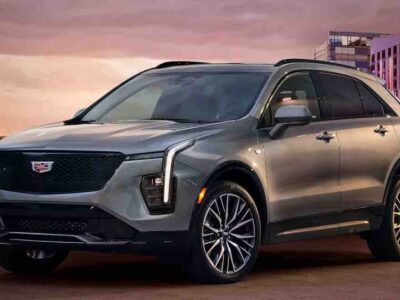When the Chambers Bay golf course debuted in 2007, Golfweek Magazine proclaimed it “the most carefully crafted and well-designed municipal golf course to open” in 70 years, while both Golf Digest and GOLF Magazine added more accolades by proclaiming it as the year’s best new course.
A mix of traditional and non-traditional elements contributed to such adulation. The design team paid tribute to golf’s origins by setting it up like the links at the world’s oldest course, St. Andrews, in Scotland. Chamber Bay’s location along Puget Sound in northwestern Washington even evokes the vibe of coastal Scotland.
As a municipal site in a public park, Chambers Bay also harkens back to the sport’s formative days when the game was played on community land.
This civic-centric concept is demonstrated with a trail that connects the golf course with the surrounding parklands.
“We felt like having some opportunities for interaction between different users of the site was important,” stated Bruce Charlton, one of Chambers Bay’s principal designers.

A healthy respect for the environment guided much of the non-traditional aspects of this golf course’s design. This approach was apparent from day one as the 250-acre site was created by repurposing an abandoned sand-and-gravel quarry. During its construction, more than 100,000 truckloads of sand and dirt were removed from the site, cleaned, and brought back to be used in building the grounds.
Chambers Bay is a walking-only course, a decision that reflects its parkland setting and has pro-environment ramifications, too. It could install fescue grass throughout by restricting golf cart usage. Fescue is ecologically desirable because it doesn’t require much fertilizer and is drought tolerant; however, it doesn’t tolerate the wear-and-tear that carts deliver.
The course also contains native vegetation, which is welcoming to the local wildlife while lowering water consumption.
Its irrigation system limits water waste by recycling water and is also connected to a hi-tech weather-monitoring satellite system that drops water usage by 20%.
While water is always essential to golf courses, it holds great significance at Chambers Bay. Because its land is the draining point for water from neighboring towns, it must guard against pollutants entering Puget Sound.
To bolster its natural biofilter abilities, Chambers Bay was built with an elaborate drainage system, including sediment retention ponds, bioswales, and infiltration basins, to control runoff. Additionally, the golf course locally sources its fertilizer from nutrient-rich biosolid waste at a water treatment plant in the area’s parklands.

Chambers Bay’s comprehensive commitment to protecting and managing water quality and its wildlife habitat resulted in Audubon International bestowing it with a Silver Signature Sanctuary certification. Link Magazine also recognized its accomplishments, ranking it second among America’s most eco-friendly courses.
In 2015, Chamber Bay received international attention when it hosted the prestigious U.S. Open. It became the youngest golf course to be the site for the competition in nearly 30 years and just the third municipal site ever to host the over-century-old event. This distinction represented a vindication for the site’s creators because it was conceived with the idea that it would host major events.
“Chambers Bay golf course was unique from its conception,” explained Robert Trent Jones, Jr., course designer. “It is a purpose-built golf course designed to host national championships.”

While the 2015 U.S. Open brought significant attention to Chambers Bay and provided big financial benefits to the region, it also attracted criticism. A chief complaint focused on the brown-toned fescue grass that appeared unsightly to fans accustomed to vibrant green courses.
When Chambers Bay decided in 2017 to switch to the more native poa annua grass, it wasn’t because fescue didn’t look good on TV but because the grass on the fairways and greens was dying.
Some of this new poa annua grass was grown on-site, while more was created at a sod farm just over the border in British Columbia.
The remade course, which still features fescue and colonial bentgrass in the rough areas,
has been praised. “I wouldn’t overstate this, but It did kind of exceed my expectations,” John Bodenhamer, USGA senior managing director, shared in 2019. “I expected to see a few more seams and things, but I think it grew in beautifully. I guess I shouldn’t be surprised, but I kind of was.”
Chambers Bay also has seen an increase in hosting major golf events. In recent years, it has been the site for the U.S. Amateur Four-Ball and the U.S. Women’s Am tournaments, with the U.S. Junior Amateur and the U.S. Amateur tournaments slated for Chambers Bay in the future.





